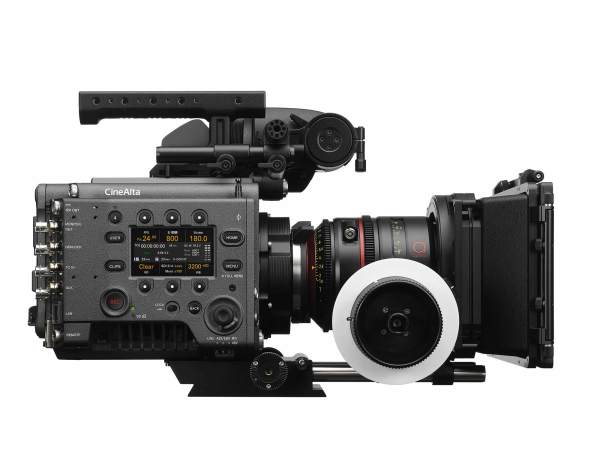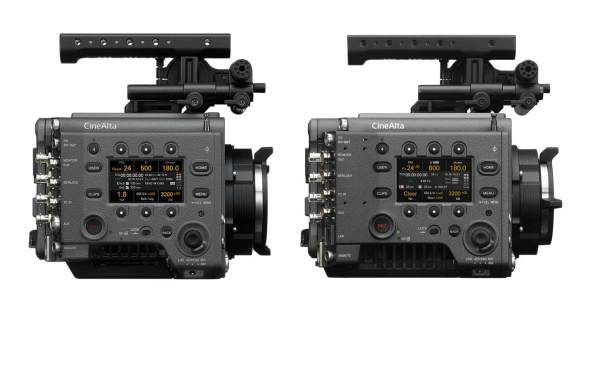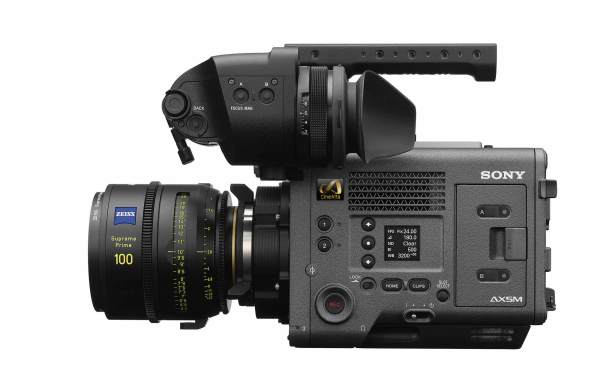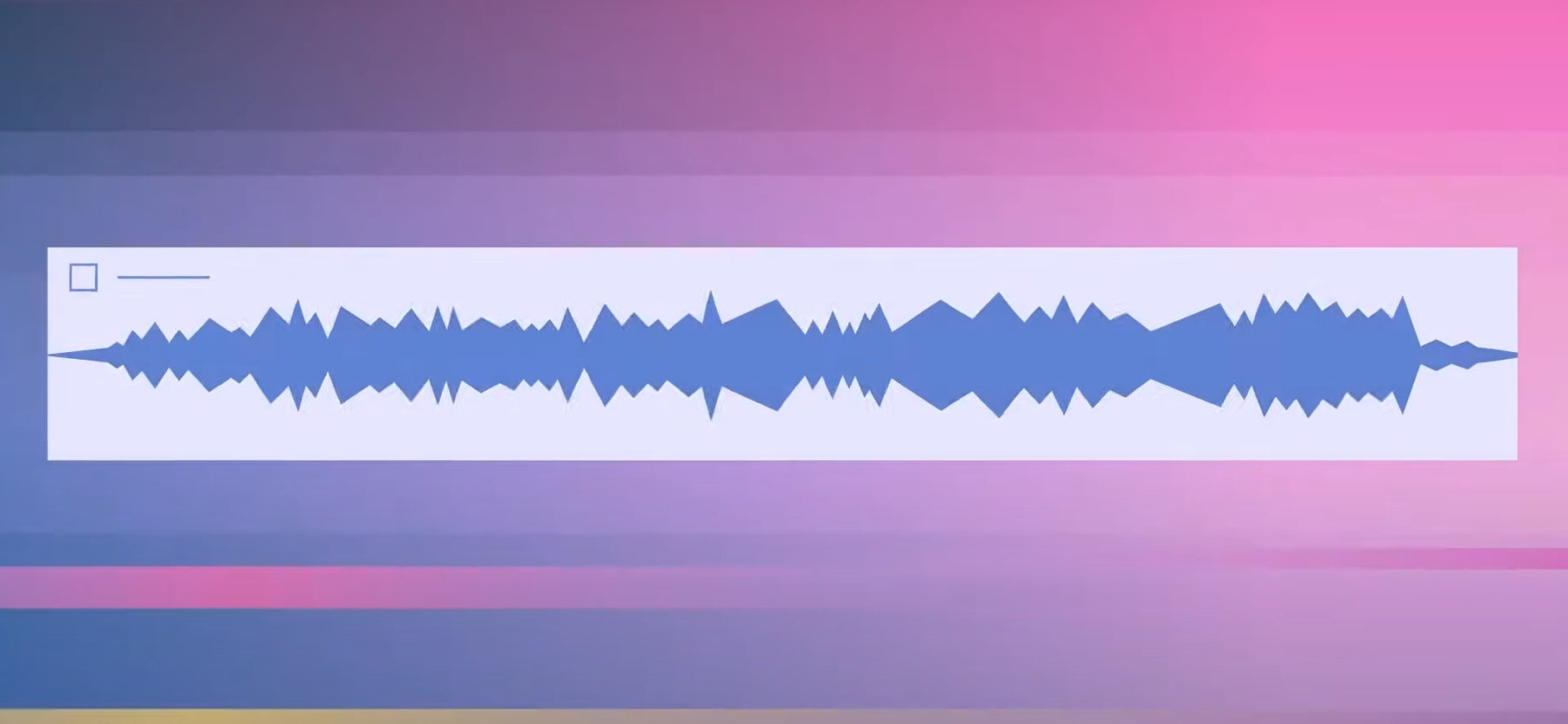[16:00 Mon,15.November 2021 by Rob] |
The time has come: Sony has just unveiled the successor to its flagship full-frame Venice cine camera: The Sony Venice 2. The most important new features of the Venice 2 might be its now 8.6K resolution sensor (8640x5760), internal max 8K X-OCN and 4K ProRes 4444 recording (without additional AXS-R7 recorder), internal 8K 60p recording and the interchangeable sensor module. The latter allows modular use of the Venice 1&s 6K sensor block - a conversion that operators can do themselves in a few easy steps.  Sony Venice 2 Thanks to new internal denoising algorithms, the dynamic range of the Venice 2 has been increased by another f-stop to a total of 16+ f-stops. This should especially open up shadow areas that were previously unusable for image composition. Also on the subject of lowlight performance is the Sony Venice 2&s new dual base ISO which is now 800/3200 (Sony Venice 1 = 500/2500 ISO). The Venice 2 has inherited Colorscience from the Venice 1. If you are interested in the skin tone reproduction of the Sony Venice, you can find If you look closely, you&ll notice that the Venice 2&s body has grown slightly compared to the Venice 1 (about 1 cm longer), since the AXS-R7 X-OCN and ProRes recorder have been integrated.  left Sony Venice 1 - right Sony Venice 2 Both the weight and the dimensions of the Venice 2 are below the combined dimensions of Venice 1 with AXS-R7 recorder (Venice 2 = approx. 4 cm shorter and 10% lighter). Weight-wise, the Venice 2 should be around 4.7kg, pretty much in the middle between ARRI Alexa Mini LF and LF. Consequently, the Sony Venice 2 now uses the AXS-R7 recorder&s storage media (AXS cards).  Sony Venice 2 with AXS cards However, those who want to record in maximum 8K 60p will have to reach for the new high-speed 6.6 Gbps AXS-A1TS66 card, which Sony will also make available when the Venice 2 ships. The switch layout and operation (incl. 8 stops integrated ND filters) of the Venice 2 have been adopted almost 1:1 from the previous model. Layout and operation continue to be based on established cine standards. In detail, however, there have been a few innovations in the Venice 2 based on user feedback: LUT can now be applied to a 4K Out signal, internal 3D LUT processing has been improved, EI changes are passed directly to S-Log 3 outputs, LUT/ASC-CDL can now be controlled via Ethernet/Wi-Fi, full-frame recordings can now be monitored 16:9/17:9, the Ethernet interface has been moved to the "1stAC" side i.e. the right-hand side of the camera, 12V Out has now been added as a 2-pin Lemo and finally the Venice 2 has also received an internal microphone. If you want to use the wired Rialto Extension System known from the Venice 1 on the Venice 2, you have two options: Currently, the 6K sensor block of the Venice 1 has to be mounted for this. In 2023, however, Sony also plans to provide a Rialto system designed for the Venice 2&s new 8K CMOS sensor. The new 8K Venice 2 should be available from February 2022. A price has not yet been communicated. deutsche Version dieser Seite: Sony stellt Flaggschiff Venice 2 mit 8K 60p, internem X-OCN und austauschbarem Sensor vor |





